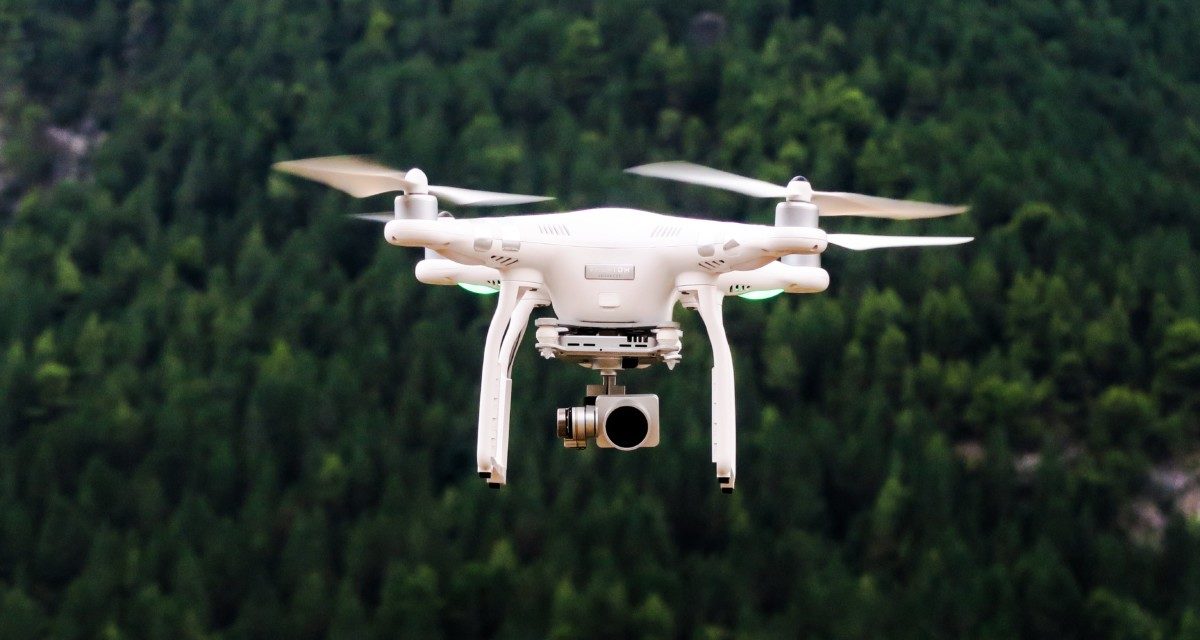[ad_1]
Basic Mission
The basic mission of our HALE (high altitude, long endurance) UAV (unmanned aerial vehicle) is to fly over one spot of the earth for extended periods of time. Exactly why is not important at this point of the discussion. Most likely the goal is to replace a communications satellite.
Speed is not important, since we are just flying over one spot. Energy efficiency is. In fact, the less energy it needs to maintain altitude, the more payload it can carry. Given what I just said, I hope one word popped into your head: glider. HALE UAVs look like gliders. Low wing loading, slow flying, with long skinny wings.
If the UAV is going to stay up for years, it needs a pretty good source of energy. If a nuclear fusion reactor is the first thought that just popped into your head, you would be wrong. Instead, think simple and well-proven. Think solar cells. Lots of them. The good news is that our glider already has large wings, so they are going to be covered in solar cells.
Harsh Conditions
At 60,000 feet, 93% of the atmosphere is below you. The air pressure is just 7% of what it is at sea level. The air density, or the weight of the air, is just 9.5% of what it weighs at sea level. The average temperature is a bone chilling -75 F (-60 C). Why would anybody want to fly at that altitude?
Why 60,000 Feet
As I explained in the first part of this series of articles, commercial airliner flights and most of the weather lies below 40,000 feet (12,000 m). So that's the absolute floor of where we can fly.
There's a couple of other reasons that push us to fly even higher than that. First, at 40,000 feet the winds can really pick up. The average wind speed at that altitude is 50 MPH (80 KPH). Again, that is the average – it could easily be double that. Not so much of an issue with an airliner flying at 500+ MPH, but a real problem with our fragile and slow flying UAV.
The average wind speed at 60,000 feet drops to just 15 MPH (25 KPH). That is great news. That means that we don't have to fly any faster than we would anyway. Slower is usually more efficient.
There's another very important reason why we want to fly higher than we absolutely need to. Flying over one spot, we are going to be in darkness about half of the time. Solar cells don't work in the dark. Maintaining the same altitude for 12 hours would require a huge number of rechargeable batteries. To save on battery weight, we are going to slowly lose altitude at night. We still need to avoid the airliners and the weather, but now our UAV glider will be more efficient.
Maximum Endurance Speed
At what speed do we need to fly at? Well, an airplane flies at different speeds depending on what the goal at the moment happens to be. A speed well-known to glider pilots is called the best glide or best lift to drag ratio (L/D) speed. This is the speed at which the wing is most efficient.
The speed that we care about is called the loiter or maximum endurance speed. Another name for it is the minimum power required speed, for obvious reasons. It is the speed where we need the least amount of energy to maintain altitude. For a typical airplane, this is about 76% of the value for the best L/D speed.
There's a big catch. At this altitude, the air is to thin that we need to fly 3.3 times faster just to generate the same amount of lift. This means that if the maximum endurance speed is 20 MPH (32 KPH) at sea level, we would need to fly at 66 MPH (106 KPH) at our cruise altitude. That, unfortunately, also requires 3.3 times the amount of power to maintain. All of a sudden designing our UAV glider doesn't sound so easy!
[ad_2]
Source by Carlos Reyes

